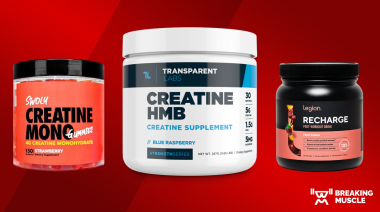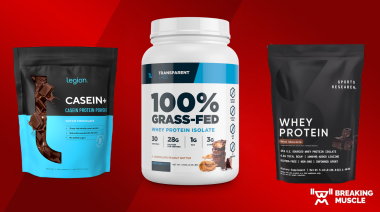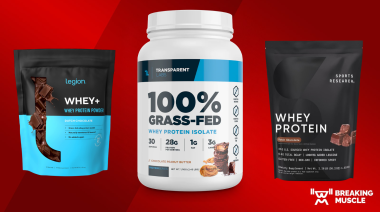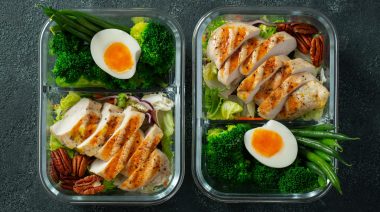From the outside looking in, the realm of health and fitness can appear intimidating. There are so many new concepts to learn, programs to try, and products to buy. Additionally, many health and fitness professionals have a propensity to further obfuscate the conversation by utilizing vernacular that is unnecessarily grandiose and erudite. (See what I did there?)
This article is an attempt at simplifying the murky matrix that is health and fitness by developing your sense of intuition.
Movement as Nutrition
There is merit to be had from conceptualizing movement and nutrition in similar ways. First, we will talk about frequency, or as Ido Portal would say, we as human movers can get a lot more out of our bodies than simply 45 minutes of exercise three days per week. Second, we will discuss quality, as certain movements are more wholesome and nourishing for our bodies just like certain foods are. We will then wrap things up by discussing some strategies that might help develop your sense of intuition about diet and exercise.
Frequency
How often do you eat? Three meals per day most likely, maybe a snack or two in there, as well. But here is a better question: how often do you move? For some of you, it might be as infrequent as 45 minutes of exercise three days per week!
Have you heard of the Warrior Diet? In essence, you only eat one huge meal each day (typically dinner) and fast throughout the morning and afternoon. While many of you probably think that sounds ridiculous, I challenge you to think about your exercise habits. Chances are, you are on a “movement fast” each day before splurging on a huge “movement meal” each night.
So what if we tried having “movement snacks” throughout the day? For example, do some basic dynamic mobility work before breakfast, then go for a fifteen-minute walk after lunch, and lastly practice a few sets of weightlifting and gymnastics movements at the gym before dinner. Scientifically speaking, this has multiple benefits. Fasted training in the morning burns fat, walking after lunch minimizes the insulin spike from eating, and eating carbs at dinner after training heavy helps to replenish depleted glycogen stores.
Now I am not asking you to quit your job and train three times per day like some elite athletes do. This “movement snacks” idea has plenty of variations, even if you do not have that much time. How about five minutes of yoga sun salutations in the morning, a twenty-minute bodyweight workout at the park in the afternoon, and five minutes of deep static stretching at night before bed? Bam! More frequent movement sessions means more physical energy, mental clarity, fat loss, muscle gain, skill acquisition, and work capacity.
Quality
Who here eats a Zone diet? Anyone? Yeah, I did not think so. If you are reading this blog, then you probably gravitate towards the paleo and primal eating crowd. That is because many people have found better results through less effort by focusing on quality food rather than strict quantity.

Yet, why do we go into the gym and do exactly three sets of exactly eight reps with exactly one minute and thirty seconds rest between them? How does whoever wrote that exercise program know your body, your background, your experience, and your fitness level? Unless you have a coach or trainer who gave you an assessment and then wrote you an individualized program, the chances are that the focus on precise exercise quantity is slightly unnecessary. Rather, let us discuss movement quality.
Everyone knows about the macronutrients found in food: protein, carbohydrates, and fat. Let us also now talk about the macronutrients of movement: push, pull, squat, hinge, and gait (props to Dan John). Just like you should be aiming to eat protein, carbs, and fat each day, you should also try to include some sort of pushing, pulling, squatting, hinging, and gaiting each day.
What does this look like in application? Warm up with bodyweight squats, push ups, chin ups, kettlebell swings, and kettlebell walks. Go heavy with barbell squats, handstand push ups, muscle ups, barbell deadlifts, and sprints. For more ideas, refer to this movement chart.
What about supplements? Personally, I take a fish oil, vitamin D, whey protein, magnesium, zinc, multi-vitamin, and probiotic daily. These supplement my diet of mostly meat, fish, vegetables, fruits, and nuts. In movement terms, the accessory exercises you do are the supplements to your regular training. For instance, do some external rotation isolation work to help strengthen your shoulders, or try some unilateral split squats to strength your VMO. These are micronutrients, or supplements, that help shore up deficiencies that might exist from your main movement “diet.”
Lastly, just as fasting intermittently from food has benefits, so does “fasting” from movement, i.e. “rest.” Fasting gives your body a chance to catch up, whether that means muscle recovery, glycogen replenishment, or digestion. Fatigue masks fitness, so in order to reap the benefits of your hard work, you need to “fast” from movement every so often.
Strategies
Here is where things get interesting. It is one thing to conceptualize about movement and nutrition, but it is another thing entirely to develop some practical strategies, especially when our goal is to adopt an intuitive approach to diet and exercise.
First, consider Dan John’s idea of Tough or Reasonable. Simply put, you cannot always train at the highest intensity and volume, and you cannot always eat a strict or restrictive diet. Rather, it might be beneficial to try tough workouts or diets a couple times each year, and the rest of the year stick to a more reasonable approach.
So how do we determine what a “reasonable” or intuitive approach looks like? For nutrition, I think that weighing and measuring your food is a great practice to try at least once a year in order to learn how to estimate portion size and macronutrient quantity. Then after having learned what, for instance, 30g of protein looks like on your plate, you can go back to estimating based off visual cues such as your fist or physical cues such as your hunger level.
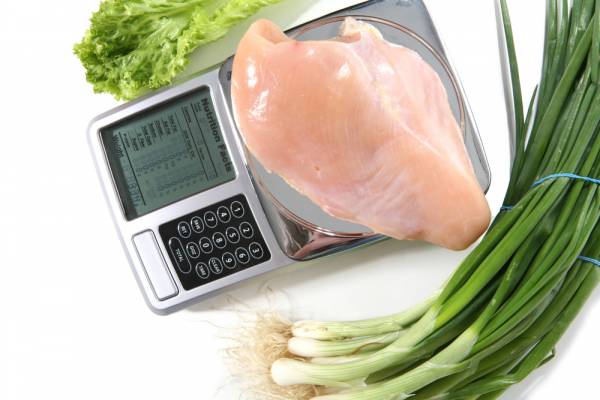
Similarly, in the gym try following a coach’s programming every so often in order to learn more about training and how you individually adapt to certain stimuli. I recently finished a few months of online coaching with Wil Fleming, and I gained a ton of perspective on Olympic weightlifting (plus I set a personal record on my clean and jerk). Nowadays, I am not following a strict lifting program, but rather I am using the skills learned while on Wil’s programming in order to intuitively estimate how much volume to do at what intensity and with what recovery.
You can also look into biofeedback tests such as range of motion, tap tests, grip strength, or vertical jump height in order to determine your training for the day. David Dellanave has a great explanation of the Gym Movement Protocol on his website.
Conclusion
Armed with this article, hopefully you can know walk into either a grocery store or a gym and confidently listen to your intuition in order to get the best out of your diet and exercise. It will, of course, take some trial and error, but through enough tinkering you can take ownership over your health and fitness. Whether you are a Paleo CrossFitter, a vegan yogi, or somewhere in between, use some of these principles and strategies in order to eat and train optimally.
Photos courtesy of Shutterstock.

